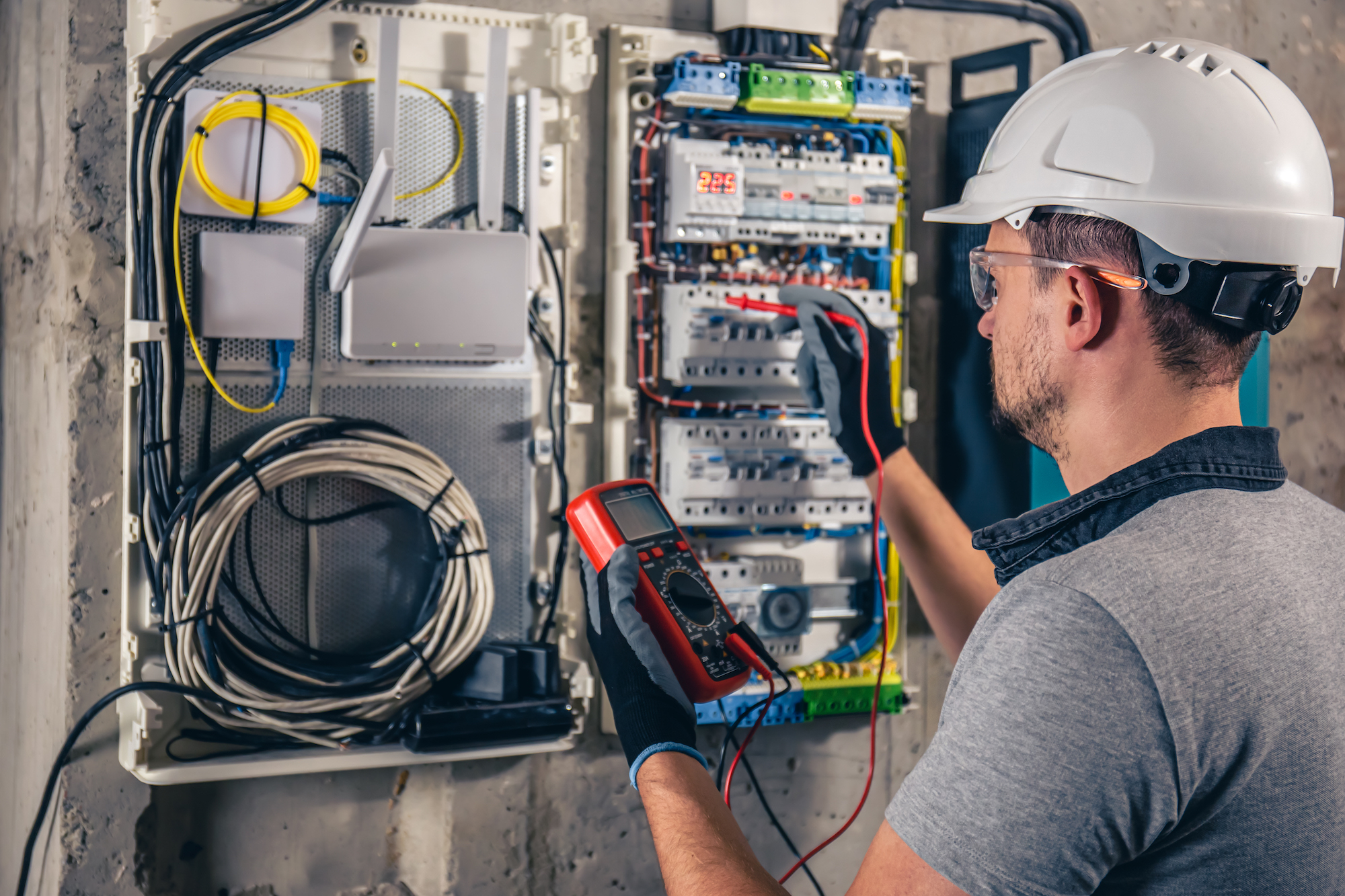In the world of electrical services, pricing methods can vary widely. Traditionally, electricians have relied on labor rates or time and materials pricing to calculate costs for their services. However, an alternative approach called electrician flat rate pricing has gained popularity in recent years. In this blog post, we will explore the benefits of using electrician flat rate pricing, its impact on various aspects of the electrical business, and how it can enhance customer satisfaction.
Grow Your Business By Partnering With Payzer
Enhanced Transparency and Customer Trust
One of the significant advantages of using electrician flat rate pricing is the transparency it provides to customers. With this pricing system, customers are presented with a predetermined, fixed price for a specific service or task. This eliminates any ambiguity about the cost and avoids surprises when the final bill is presented. Such transparency builds trust between the electrical contractor and the customer, fostering long-term relationships and repeat business.
Accurate Cost Estimates
Flat rate pricing allows electrical companies to provide accurate cost estimates upfront. Instead of relying on hourly rates or time and materials calculations, the electrician can consult a comprehensive flat rate price book or menu pricing system. This helps in determining the cost based on the required service, eliminating the need for guesswork. Accurate cost estimates are beneficial not only for customers but also for the electrical business, as they ensure profitability and prevent undercharging or overcharging.
Time Efficiency
In a service business like electrical services, time is of the essence. Flat rate pricing simplifies the billing process and saves time for both the electrician and the customer. With predetermined prices for specific services, the electrician can quickly identify the appropriate rate without spending valuable time on calculations or tracking material costs. Additionally, customers benefit from faster invoicing and a streamlined payment process, resulting in a more efficient overall service experience.
Minimized Overhead Costs
For electrical companies, overhead costs play a significant role in determining profitability. Electrician flat rate pricing helps minimize these overhead costs. Unlike the time and materials pricing model, where overhead costs such as fuel, equipment maintenance, and administrative expenses need to be factored into the hourly rate, flat rate pricing allows businesses to incorporate these costs into the fixed prices. This ensures that overhead expenses are covered while providing customers with a clear understanding of the overall cost.
Increased Profitability
Flat rate pricing can contribute to increased profitability for electrical businesses. By utilizing a comprehensive flat rate price book and factoring in overhead costs, electricians can set prices that not only cover their expenses but also generate a reasonable profit margin. This pricing model encourages efficiency and productivity, as electricians are incentivized to complete tasks within the allocated time frame, enabling them to take on more jobs while maintaining profitability.
Competitive Advantage
In today’s competitive market, electrical companies need to differentiate themselves from their rivals. By adopting flat rate pricing, electricians can provide a unique selling point that sets them apart. Customers appreciate the simplicity, transparency, and predictability of flat rate pricing, and they are more likely to choose a company that offers such a pricing model over those that still rely on hourly rates or time and materials pricing. This competitive advantage can lead to increased market share and business growth.
Integration with Software Solutions
In the digital age, software solutions have become invaluable tools for service industries, including electrical businesses. Flat rate pricing seamlessly integrates with software solutions designed for electrical services, allowing for efficient management of pricing, invoicing, and inventory. These software solutions often include task pricing modules, enabling electricians to quickly determine the appropriate price for a specific service based on the flat rate system. The integration of technology streamlines operations, increases accuracy, and saves time for both electricians and customers.
The benefits of using electrician flat rate pricing are numerous and impactful for both electricians and customers. With enhanced transparency and accurate cost estimates, customers can trust the electrical contractor and have peace of mind knowing the fixed price for a specific service. The time efficiency of flat rate pricing saves valuable time for both parties involved while minimizing overhead costs ensures profitability for electrical companies. Additionally, flat rate pricing provides a competitive advantage in the market and integrates seamlessly with software solutions, streamlining operations and improving customer experience. By adopting electrician flat rate pricing, electrical businesses can thrive in an industry that values transparency, efficiency, and customer satisfaction.
Frequently Asked Questions
What is the best flat rate pricing app for plumbing?
One of the best and most popular flat rate pricing apps for plumbing is Payzerware. It provides plumbers with a user-friendly interface to create custom flat rate pricing options, access pre-built price books, and generate accurate quotes and invoices. Payzerware also offers features like scheduling, dispatching, and customer management, making it a comprehensive solution for plumbing businesses.
How do you set a flat rate price?
Setting a flat rate price involves several steps. First, you need to analyze your costs, including labor, materials, and overhead expenses. Next, determine the average time it takes to complete a specific service or task. Consider the value you provide, market rates, and desired profit margin. Finally, compile all this information into a comprehensive price book or pricing system, ensuring transparency and consistency for customers. Regularly review and update your flat rate prices to account for any changes in costs or market conditions.







